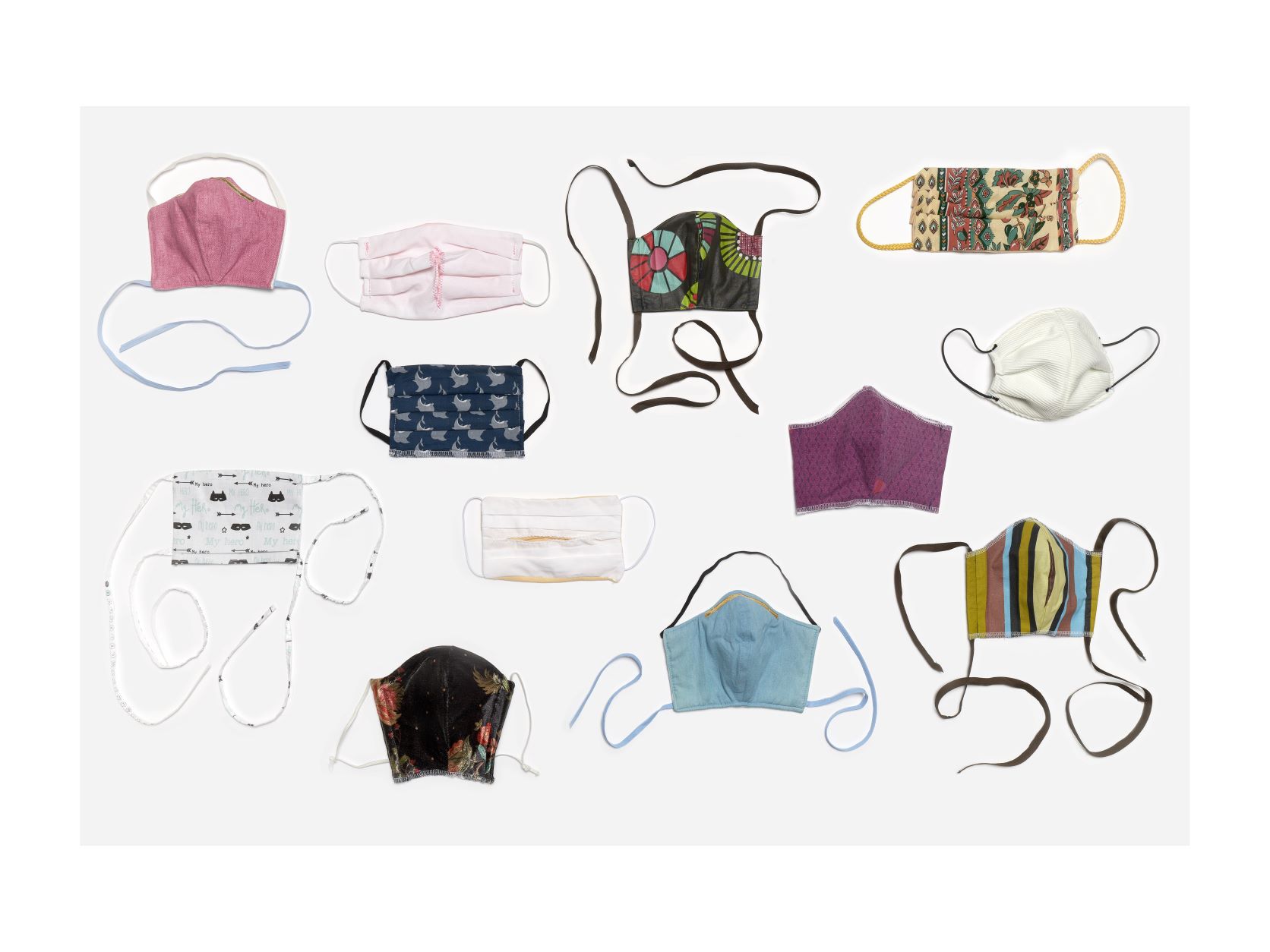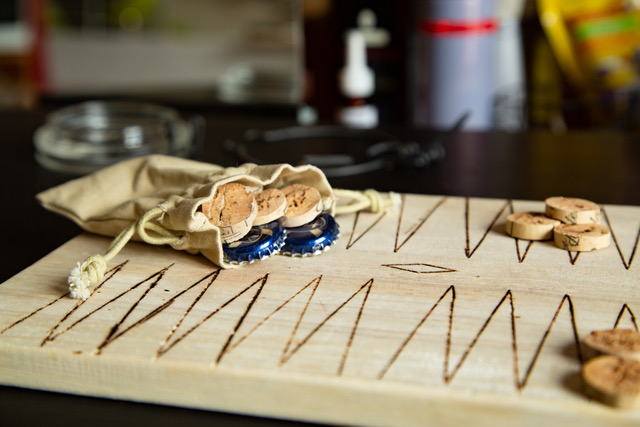Introduction to the project and “Life under Lockdown” collection at the Mucem
The Covid-19 pandemic has revealed and exacerbated environmental, political and social vulnerabilities across the globe. There is an increasing risk of animal-borne disease, accelerated interactions and movements, and inequalities in living conditions and access to health care. Covid-19 has also made us see our vulnerabilities through our own personal experience. This individual and collective experience, with changes to our relationships with time and others, private and public space, disease and our bodies, is what the Mucem set out to capture through a participatory initiative launched in April 2020, with “Life under Lockdown”, which asked volunteers to submit objects that symbolised how their everyday routine was turned upside down.
In 2021-2022, the Mucem is hosting an artist in residence, producing an exhibition, contributing to the publication of a book and organising a seminar around these notions of “care”. These activities are being carried out under the “TAKING CARE” project and the shared backdrop of the participatory collection “Life under Lockdown”.
This participatory collection was launched on social media and in the traditional media. It asked people to donate “official or DIY” objects or documents that embodied everyday life which had been transformed by the health situation, reorganised lifestyles, work, education and social relationships.
--instagram-fotos-und--videos.png)
Over 600 proposed donations were collected online (photographs of objects and often very personal stories from the person donating explaining the meaning and context of their donation). The donations are extremely varied and come from all age groups. Prevention objects (masks, visors, overcoats, etc.) feature alongside stories of solidarity with health workers (improvised objects for the 8 pm clap for health care workers, banners, etc.). Ways of keeping track of and organising time (countdown calendars, task planning) and ways of passing time (artistic or low-tech creations, sports, cooking, reading) are well represented. As well as this relationship with time, there are complex forms of relationships with space. Restricted movement (travel permits, limited travel perimeter) shows the complex relationships between the indoors and outdoors, with a desire to enjoy nature and increased attention for environmental issues.


An initial selection was carried out based on criteria to ensure that the objects are representative of the different categories, have real added value compared to just archiving the proposal, and their capacity for long-term conservation. The donations were brought to the museum and are currently being studied in depth before being considered by the acquisition bodies.
This collection and the proposed methodology meet the guidelines of the “TAKING CARE” project:
- through the participatory approach to collectively build a collection based on stories from anonymous donors, principled on mediation with the public and a memory and heritage project
- through the main subject of care and caring for others
- through connections between the health, economic, social and political aspects of the pandemic on the scale of the individual subjective experience and on the global scale
- through the experimental nature of the artistic/creative residency, which fosters dialogue and co-development between the guest artist and in-house sociologist at the Mucem, in order to analyse the collection
- through the link that will be suggested between the medical and museum worlds, which ties together two of the project’s themes: social and ecological vulnerability, and the material vulnerability of collections.